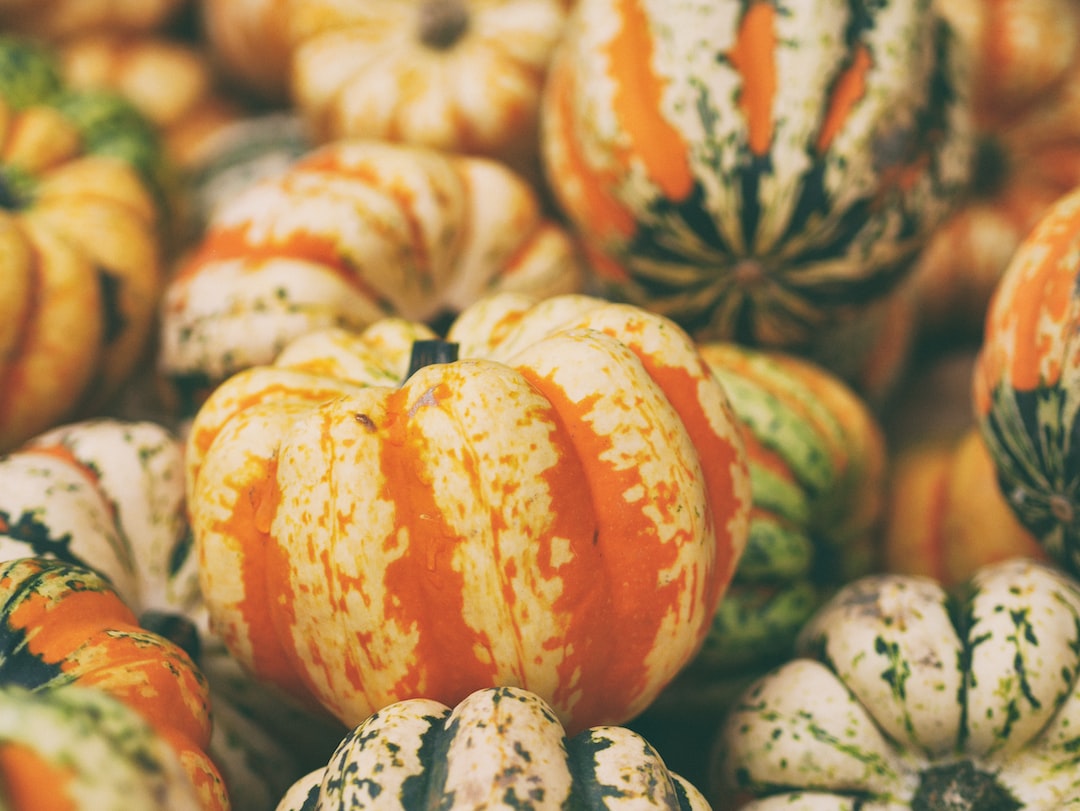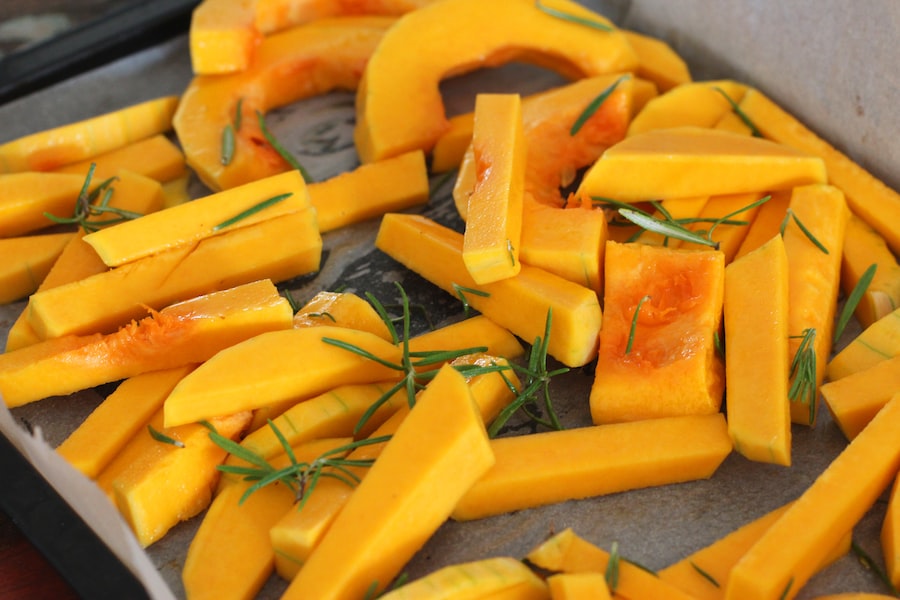Harvesting Squash: A Guide to Knowing When Your Squash is Ready to Pick

Harvesting squash is an essential part of growing this versatile and nutritious vegetable. Squash is a popular crop that can be grown in home gardens or on a larger scale for commercial purposes. It is important to harvest squash at the right time to ensure optimal flavor, texture, and nutritional value. Harvesting squash too early or too late can result in a subpar product. In this article, we will explore the different types of squash, factors that affect squash maturity, signs that indicate squash is ready to harvest, techniques for checking squash ripeness, tips for properly harvesting squash, storing squash after harvest, common mistakes to avoid when harvesting squash, harvesting squash for seed saving, and delicious recipes to make with freshly harvested squash.
Key Takeaways
- There are many different types of squash, each with their own unique characteristics and flavors.
- Factors like temperature, sunlight, and water can all affect the maturity of your squash.
- Look for signs like color, texture, and size to determine if your squash is ready to be harvested.
- To check for ripeness, press your fingernail into the skin of the squash and see if it leaves a mark.
- When harvesting squash, use a sharp knife or pruning shears to avoid damaging the plant.
Understanding the Different Types of Squash
There are several different types of squash, each with its own unique characteristics and flavors. Some common types of squash include zucchini, yellow summer squash, butternut squash, acorn squash, spaghetti squash, and pumpkin. These varieties differ in terms of their maturity times and harvesting techniques.
Zucchini and yellow summer squash are known for their fast growth and can be harvested when they are small and tender. These types of squash are best harvested when they are around 6-8 inches long. On the other hand, butternut squash, acorn squash, spaghetti squash, and pumpkin take longer to mature and should be left on the vine until they reach their full size and color.
Factors that Affect Squash Maturity
Several factors can affect the maturity of squash. The most important factor is the variety of squash being grown. Different varieties have different maturity times, so it is essential to know the specific characteristics of the variety you are growing.
Other factors that can affect the maturity of squash include temperature, sunlight exposure, water availability, and soil conditions. Squash plants thrive in warm temperatures and require full sun exposure to grow and mature properly. Adequate water supply is also crucial for the development of healthy and mature squash. Additionally, the soil should be well-drained and rich in organic matter to provide the necessary nutrients for the plants.
Signs that Your Squash is Ready to Harvest
| Signs that Your Squash is Ready to Harvest |
|---|
| 1. The skin is hard and cannot be easily punctured with a fingernail. |
| 2. The stem is dry and brown. |
| 3. The squash has reached its mature size. |
| 4. The color of the squash is uniform and consistent with its variety. |
| 5. The tendrils near the stem have dried up and turned brown. |
| 6. The squash sounds hollow when tapped. |
| 7. The leaves on the plant have started to die back. |
There are several signs that indicate squash is ready to harvest. These signs vary depending on the type of squash being grown.
For zucchini and yellow summer squash, the best time to harvest is when they are around 6-8 inches long. At this stage, the skin should be smooth and shiny, and the squash should feel firm when gently squeezed. If the squash is left on the vine for too long, it may become overgrown and develop a tough skin and large seeds.
Butternut squash, acorn squash, spaghetti squash, and pumpkin should be left on the vine until they reach their full size and color. The skin of these types of squash should be hard and cannot be easily punctured with a fingernail. The color of the skin should also be fully developed and vibrant.
How to Check Squash for Ripeness
There are several techniques for checking squash for ripeness without cutting it open. For zucchini and yellow summer squash, gently press your thumb or finger against the skin. If it leaves an indentation, the squash is not yet ripe. If the skin springs back without leaving a mark, it is ready to be harvested.
For butternut squash, acorn squash, spaghetti squash, and pumpkin, try pressing your thumbnail against the skin. If it does not puncture easily, the squash is likely ripe. Another method is to tap on the skin with your knuckles. If it sounds hollow, the squash is ready to be harvested.
Tips for Properly Harvesting Squash

To properly harvest squash, use a sharp knife or pruning shears to cut the stem about an inch above the fruit. Avoid twisting or pulling the squash off the vine, as this can damage the plant. It is important to handle the squash with care to prevent bruising or other damage.
When harvesting multiple squash, it is best to harvest them in stages as they reach maturity. This allows the plant to continue producing new fruit and extends the harvest period. Regularly inspect the plants for ripe squash and harvest them as soon as they are ready.
After harvesting, remove any excess dirt or debris from the squash. Do not wash the squash unless it is absolutely necessary, as excess moisture can promote rotting. Instead, store the squash in a cool, dry place with good air circulation.
Storing Squash After Harvest
Proper storage is crucial for maintaining the quality and freshness of harvested squash. Most types of squash can be stored for several weeks or even months if stored correctly.
For short-term storage, place the squash in a cool, dry place such as a pantry or basement. Make sure to keep them away from direct sunlight and extreme temperatures. Do not stack the squash on top of each other, as this can cause bruising and rotting.
For long-term storage, select only undamaged and fully mature squash. Wipe off any excess dirt or debris and allow them to cure for a week in a warm, dry location with good air circulation. After curing, store the squash in a cool (around 50-55°F), dark place with low humidity. Ideal storage locations include a root cellar, basement, or garage.
Common Mistakes to Avoid When Harvesting Squash
There are several common mistakes that people make when harvesting squash. One of the most common mistakes is harvesting squash too early or too late. Harvesting squash too early can result in underdeveloped fruit with poor flavor and texture. On the other hand, leaving squash on the vine for too long can lead to overripe fruit that is tough and tasteless.
Another common mistake is mishandling the squash during harvest. Twisting or pulling the squash off the vine can damage the plant and increase the risk of rotting. It is important to use a sharp knife or pruning shears to cut the stem cleanly.
Additionally, improper storage can lead to spoilage or rotting of harvested squash. Storing squash in a warm or humid environment can cause them to deteriorate quickly. It is important to store squash in a cool, dry place with good air circulation to maintain their quality.
Harvesting Squash for Seed Saving
Harvesting squash for seed saving is a great way to preserve heirloom varieties and ensure a continuous supply of seeds for future planting. To harvest squash seeds, allow the fruit to fully mature on the vine until the skin becomes hard and the color is fully developed.
Once the squash is ripe, cut it open and scoop out the seeds. Separate the seeds from the pulp and rinse them thoroughly with water. Place the seeds on a paper towel or a clean cloth and allow them to dry completely. Once dry, store the seeds in a cool, dry place in an airtight container.
Delicious Recipes to Make with Freshly Harvested Squash
Freshly harvested squash can be used in a variety of delicious recipes. Some popular recipes include roasted butternut squash soup, zucchini bread, stuffed acorn squash, spaghetti squash with marinara sauce, and pumpkin pie.
Roasted butternut squash soup is a comforting and flavorful dish that highlights the natural sweetness of butternut squash. Simply roast cubed butternut squash with olive oil, salt, and pepper until tender, then blend it with vegetable broth, onions, garlic, and spices until smooth.
Zucchini bread is a classic recipe that is perfect for using up an abundance of zucchini. Grate the zucchini and mix it with flour, sugar, eggs, oil, and spices. Bake the batter in a loaf pan until golden brown and fragrant.
Stuffed acorn squash is a hearty and satisfying dish that can be filled with a variety of ingredients such as rice, quinoa, vegetables, and cheese. Cut the acorn squash in half, scoop out the seeds, and roast it until tender. Fill the cavity with your desired filling and bake until the filling is cooked through.
Spaghetti squash with marinara sauce is a healthy and low-carb alternative to traditional pasta dishes. Cut the spaghetti squash in half, scoop out the seeds, and roast it until the flesh can be easily shredded into spaghetti-like strands. Top it with your favorite marinara sauce and enjoy!
Pumpkin pie is a classic dessert that is perfect for using freshly harvested pumpkins. Roast the pumpkin until tender, then puree the flesh and mix it with eggs, sugar, spices, and evaporated milk. Pour the mixture into a pie crust and bake until set.
Conclusion:
Harvesting squash at the right time is crucial for ensuring optimal flavor, texture, and nutritional value. Understanding the different types of squash, factors that affect squash maturity, signs that indicate squash is ready to harvest, techniques for checking squash ripeness, tips for properly harvesting squash, storing squash after harvest, common mistakes to avoid when harvesting squash, harvesting squash for seed saving, and delicious recipes to make with freshly harvested squash are all important aspects of successful squash cultivation. By following these guidelines and best practices, you can enjoy a bountiful harvest of delicious and nutritious squash from your own garden.



